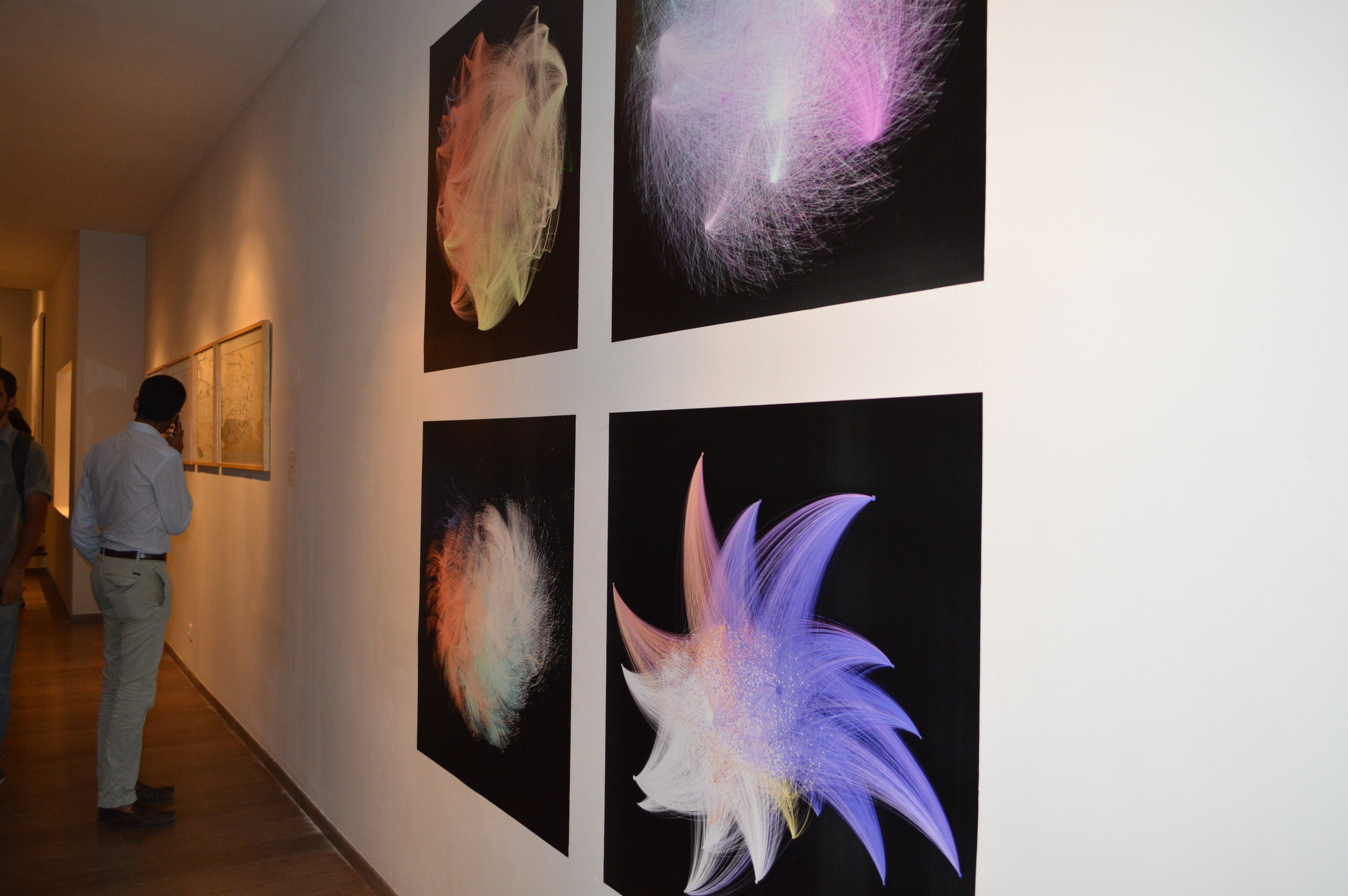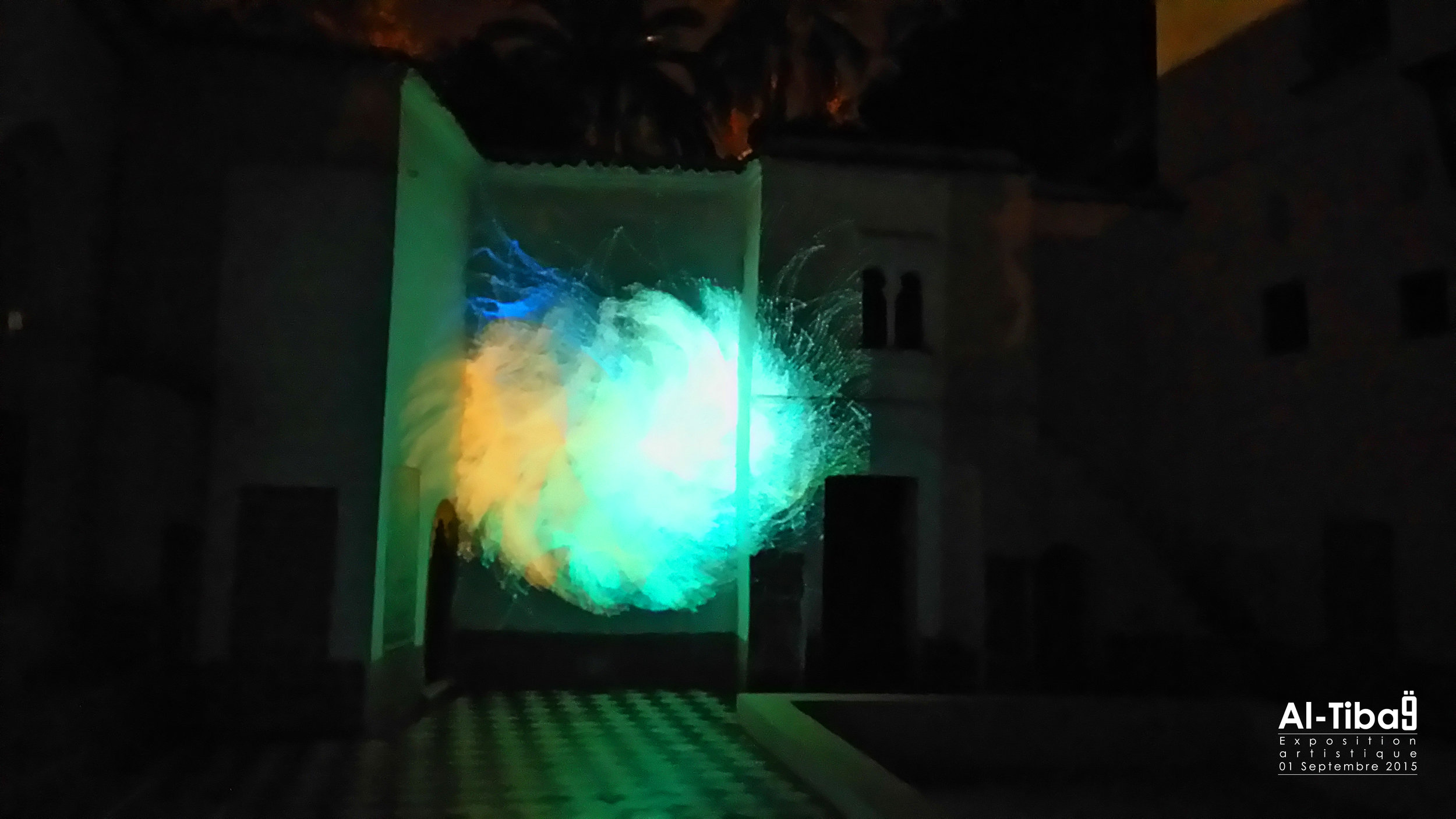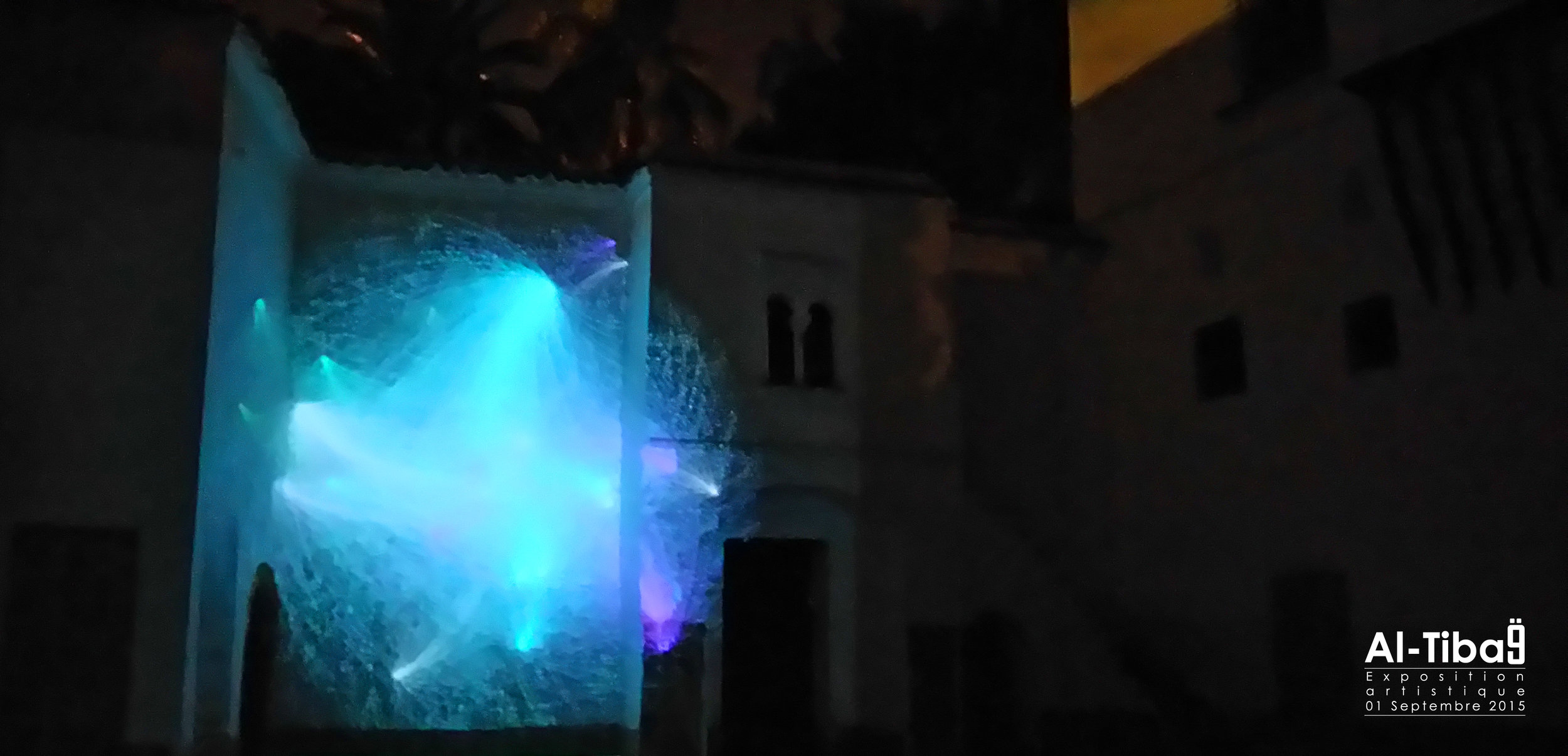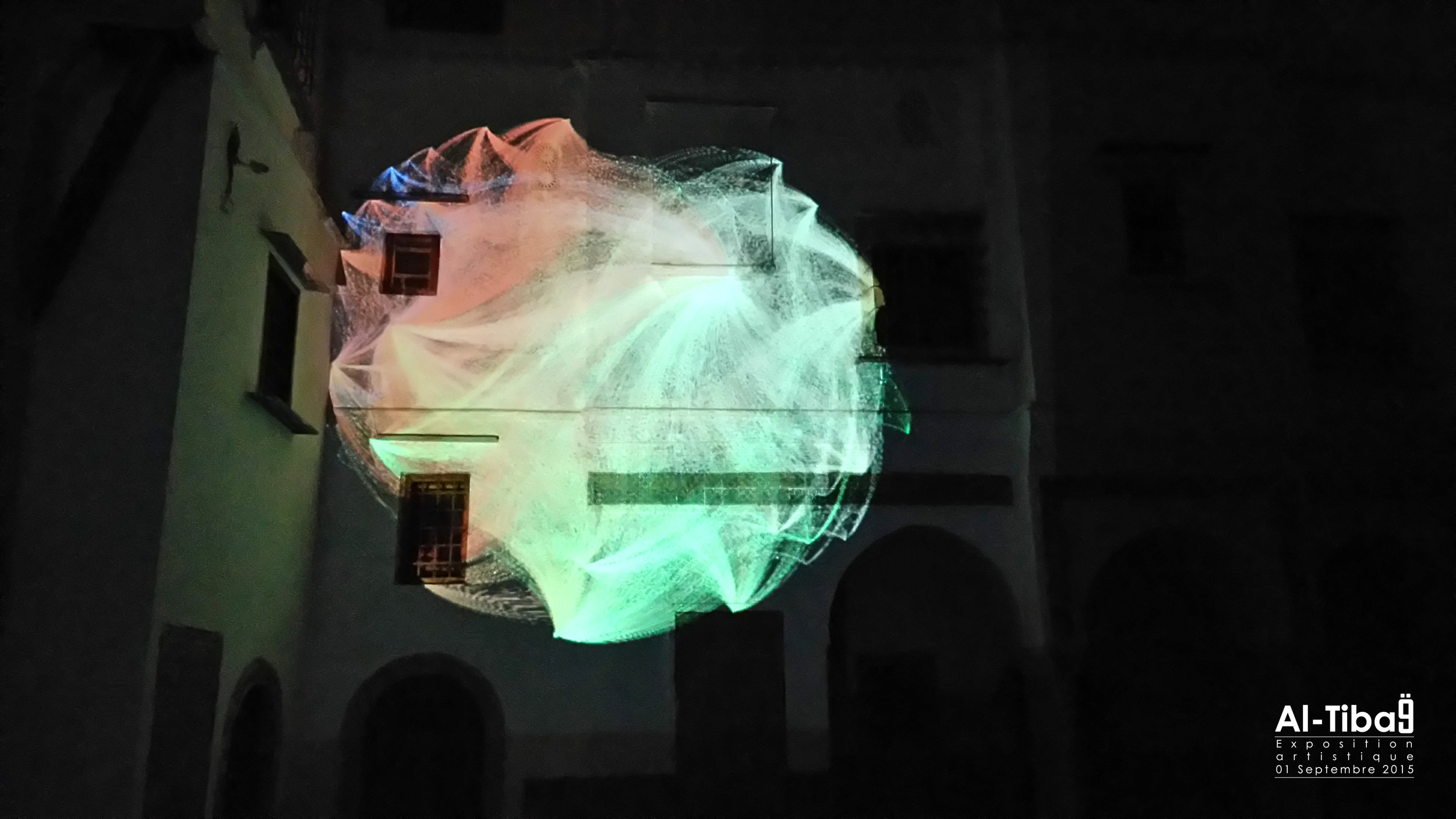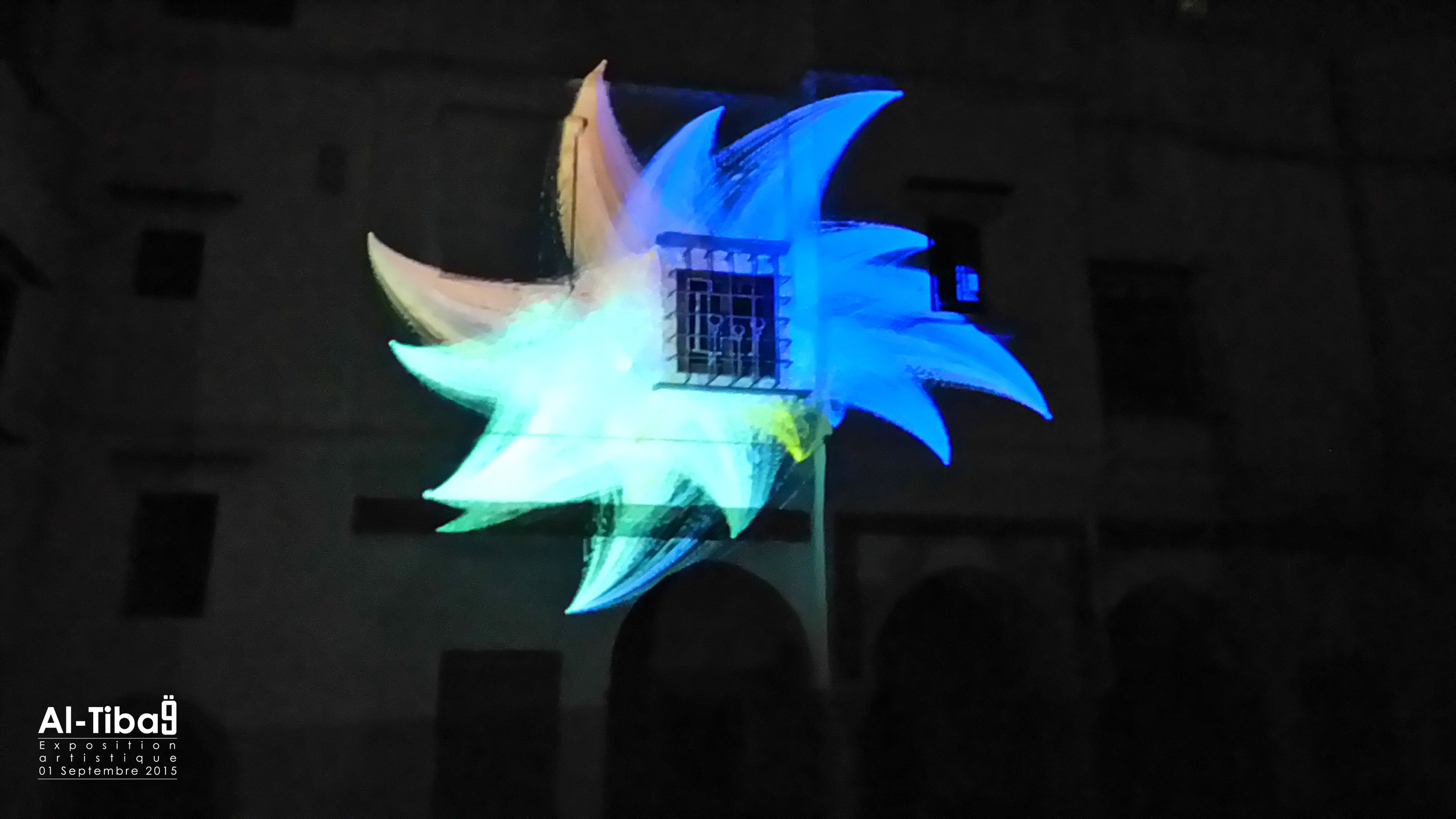Meng Chih Chiang (South Korea)
Virtual & Net Art
Meng Chih Chiang (born on December 20, 1986) is a Taiwanese digital designer, data artist, and writer based in New York.
Meng was born in Pingtung, Taiwan. Due to family economic hardship she began learning art in her childhood by self-teaching. In 2005 she graduated with first place honor from an art-specializing class at National Pingtung Senior High School where she received a three-year full scholarship. Meng was later accepted to the BFA program in Visual Communication Design at National Taiwan Normal University (NTNU), as the recipient of Merit Scholarship. During college years she actively explored a great diversity of graphic design and self-learned front-end programming. Upon graduation from NTNU, Meng was hired as a web designer at Medialand, which was one of the top digital design agencies in Taiwan.
In 2011 Meng received a Government Scholarship of Taiwan to come to study at School of Visual Arts (SVA), MFA Computer Art in New York, concentrating on interactive art of interface, infographics, programming and internet. During graduate years in New York, Meng remained financially independent for her tuition and living expenses. In 2013 she graduated from SVA with Paula Rhodes Memorial Award for exceptional achievement in Computer Art.
Meng’s artwork — “A Stranger to Words” has been recognized by many top awards, including Red Dot Award, Macao Design Biennial Award, The Lumen Prize, Adobe Design Achievement Award, Google Chrome Experiments and has been featured in exhibitions worldwide. She has also set up a solo exhibition in Taiwan, followed by a series of lectures and workshops. In 2015, the US government issued Meng an Extraordinary Ability Green Card (EB1-A), recognizing her achievements at the top level of design field.
Meng continues her career as a creative designer and an interactive designer at American Express and Hi-Res!, respectively in New York. During her professional years Meng has paid off forty-five thousand dollars of student loan for her master degree at the age of 27. Later she shouldered the financial burden of her entire family including the medical expenses of her parents in Taiwan. One of her dreams is to improve her family’s financial hardship for a better living. Meanwhile, Meng founded her studio “Mengdom Experimental Design Lab” in New York to keep exploring big data and new technologies in arts. Her clients include many well-known brands, such as Nokia, M·A·C Cosmetics, League of Legends and Nike.
A Stranger to Words is an interactive network graph created by Meng Chih Chiang to visualize her personal learning experience. Based on her daily reading report, the personal database of 23,358 words were created originally to express the curve of how she understood words. The complicated graph evolves a great diversity of transformations, creating a mesmerizing interactive visual experience in which the language and the line of connection work in unison. Its goal is to reveal a connecting system of underlying text algorithm in novel and insightful ways and to unfold personal sentiments as a dyslexic through the capabilities of data visualization.
The graph consists of 4,525 nodes and 17,648 edges. Each word has four properties of English learning:
1. Known / Unknown, 2. Letter length, 3. Syllable length and 4. Frequency of occurrence. For example, the word “People” will connect to the node of “Known” (I knew the word), the node of “Occurrence 3” (It appeared 3 times totally), the node of “Length 8” (8 letters) and the node of “Syllable 2”. The size of a node in the graph is determined by the number of nodes/words to which it is connected, with bigger circle indicating more connections.
- Node = words I read or word’s properties
- Edge = A word’s connection to its properties
- Node size = Degree = number of connections
- Node Color = Modularity = the group to which each word belong
The data was processed by Excel programming at first, generating particular ID and assigned serial number. Then the layout of the huge data set was preprocessed using the Gephi visualization platform and rendered with the JavaScript library sigma.js.









